Higher Education, K-12, Libraries, Academic Library
Innovation Lab & Makerspace Design Considerations
Learn how to plan for tools, supplies, and equipment in your makerspace design.
5 Makerspace Design Considerations
Makerspace, Innovation Center, Fab Lab – no matter what they’re called, these creative, hands-on learning spaces are proliferating on college campuses. Sometimes they exist in a corner of a library or academic building, but more and more, makerspaces are being created as stand-alone facilities where students can build, engineer, experiment with prototypes, collaborate with other makers, and access advanced technology that they might not be able to access.
If you’re beginning the makerspace design process, there are many considerations. You’ll want to think about what technology to include, how to design it in a way that encourages collaboration, and who will have access.
But many campuses fail to consider one key aspect of makerspace design: storage. Students need tools, supplies, and equipment to work effectively, and every item needs a home. We can help make the most of your space and store everything students need, right where they need it.
Here are a few areas to keep in mind as you design storage into your innovation center or makerspace.
Tool & Supply Storage
Much of your equipment, such as laser cutters and 3D printers, will have permanent homes on the shop floor. But how do you plan to provide access to smaller tools and supplies like drills, hand tools, electrical components, soldering supplies, or resin for 3D printers?
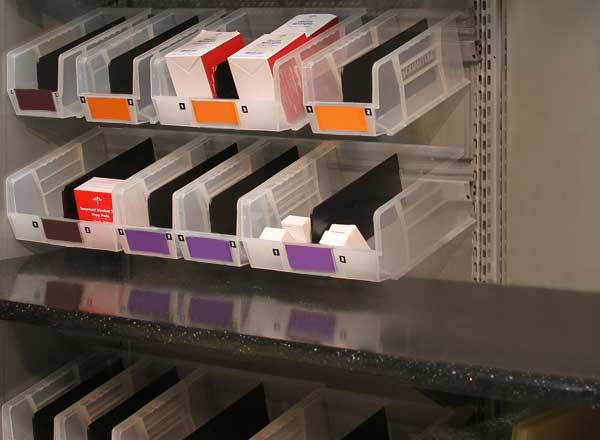
Centralized Storage
The most common way to store supplies is to offer a central tool area with a check-out window where students can temporarily rent the supplies they need. This method comes with many perks like security for rented items, the ability to control the organization of tools, and visibility into the types of projects students are working on – but it also means you need a large, dedicated storage space and enough staff to make it feasible. If you go this route, be sure this storage room is adjacent to all work areas of the makerspace or even in the center of the space with multiple check-out windows. Ideally, a student shouldn’t have to walk through a computer lab and a laser cutting lab to get the supplies needed for their 3D printing project.
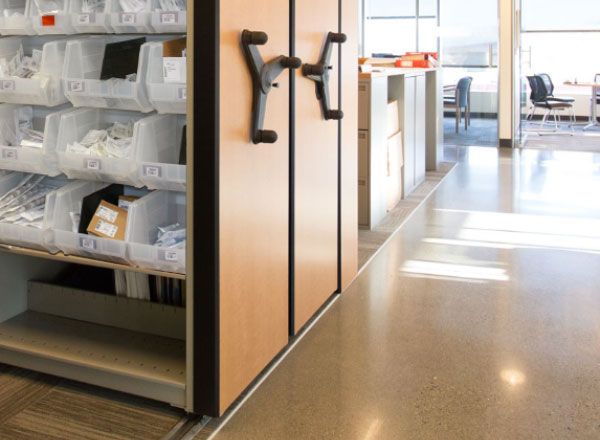
Within your centralized storage room, shelving with a colored bin system is a great way to keep small parts organized while providing space for larger items like tool kits. Bins also make it easier to move supplies into the space and rent them out as students can simply take the bin to their work station.
If your storage room is tight on space, you could consider High-density Mobile Shelving, an easy-to-install compact shelving system that can provide almost double the storage space in the same footprint. This system still allows you to access all your supplies by sliding aisles open. Plus, you can outfit the system with the accessories you need to get organized and still store bulky items like boxes on top of the system!

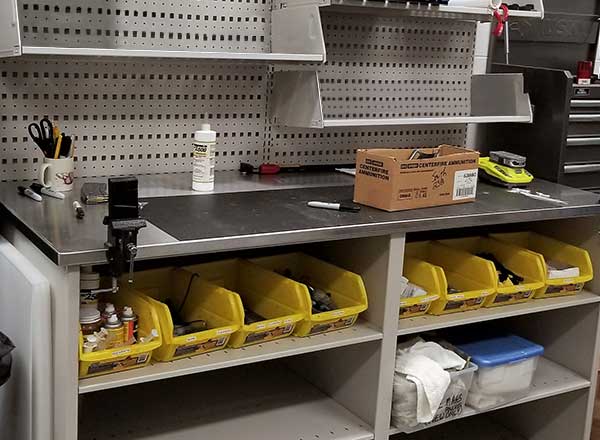
Workstation Storage
If a central storage room isn’t feasible for all your tools and supplies, you can consider integrating supply storage into workstations. If you know that a certain area typically requires the same supplies for all projects (for example, an electrical/circuitry zone or a soldering area), you can equip workstations with drawers and cabinets to hold kits of supplies. This is an easy way to ensure students have what they need right where they need it.
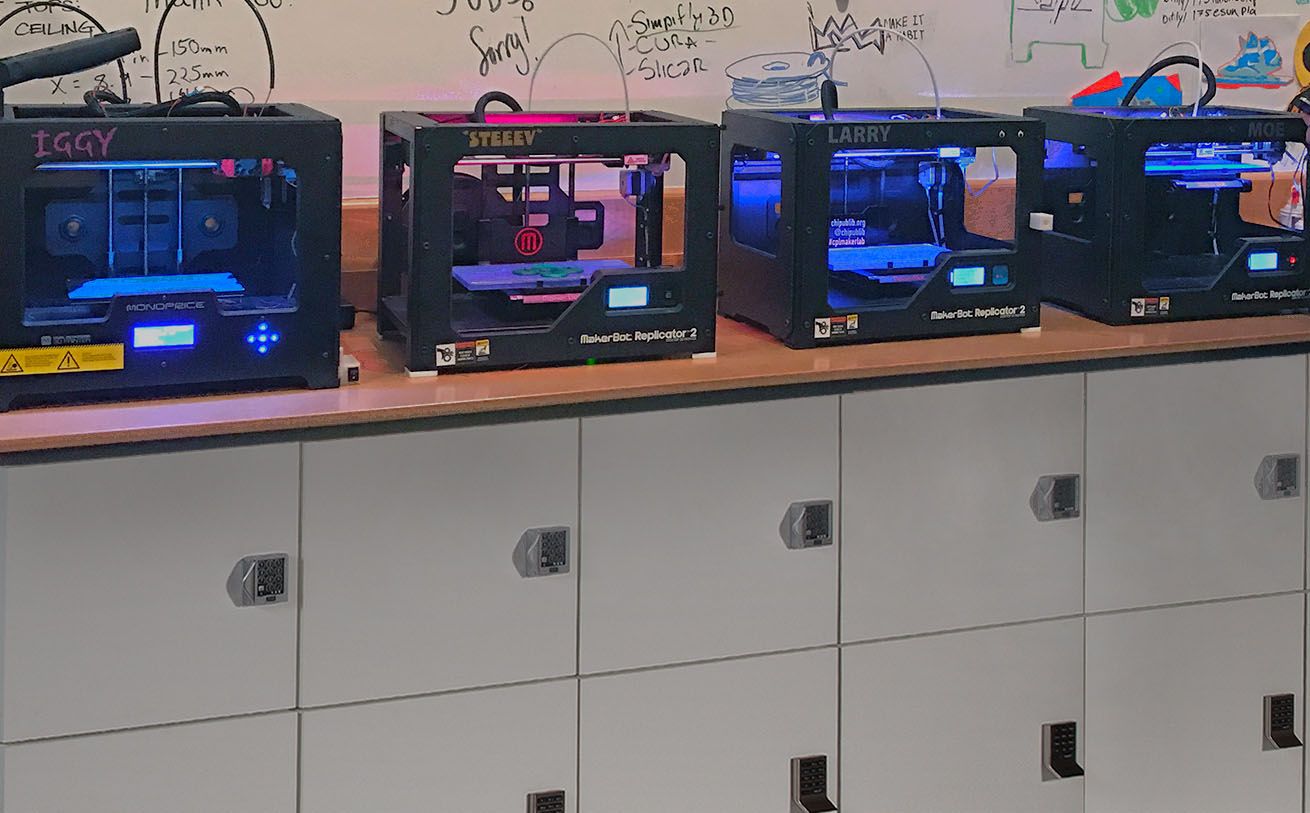
Project Storage
Most students aren’t going to finish their project in one session, and in fact might keep working on it for an entire semester. Rather than force students to lug their work back and forth from the makerspace to their dorm or apartment and risk damaging their project, offer students temporary project lockers. These lockers should be a variety of sizes to accommodate different sizes of projects, and can be used with traditional locks, digital locks, or even RFID/student ID swipe.

Miscellaneous Storage Considerations
Here are a few other things to think about as you design your makerspace:

Make It Mobile
Add casters to any furniture possible. As you host events and rearrange for future needs, you’ll be grateful to have furniture that’s easy to move around.
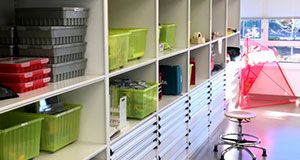
Scrap Supplies
Will you be saving scrap materials or discarding them? If you’re saving them, be sure to have a dedicated storage area for them to prevent loss or damage.

3D Printed Items
Can students leave while their projects are printing? If so, you’ll want a project pick-up station or project pick-up lockers.

Want to get more ideas about how you can creatively integrate storage into the design of your student centers and campus spaces?
Want to get more ideas about how you can creatively integrate storage into the design of your student centers and campus spaces?


Personal Belongings
For areas where potentially dangerous equipment is being used, you’ll want a spot for students to stash their backpacks so they don’t create a tripping hazard. Day-Use Lockers are a great way to offer temporary, secure storage.
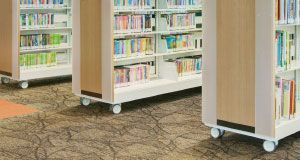
Flexible Shelving
When storing reference material and supplies you’ll likely want a few Flexible Shelving unites to easily move items around the space, exspecial when you’re hosting workshops and events.
Next Up in Education
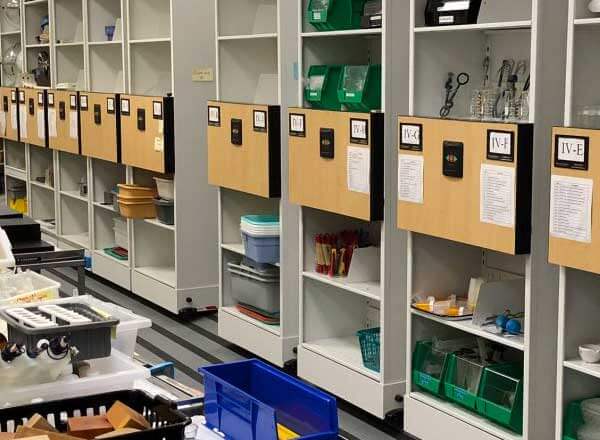
How to Organize and Protect Valuable Materials in Laboratories
Read On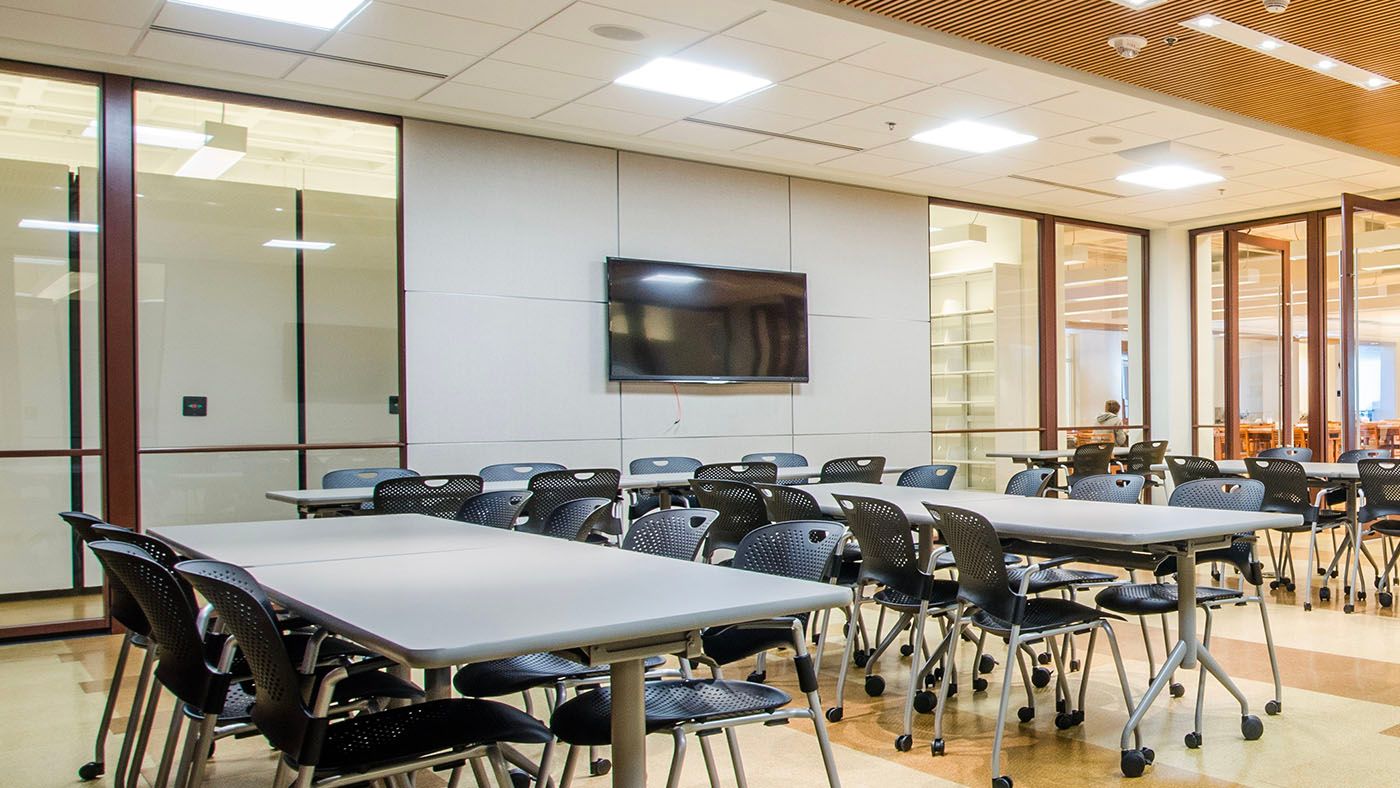
How does high-density mobile shelving optimize storage space compared to traditional shelving units?
Read On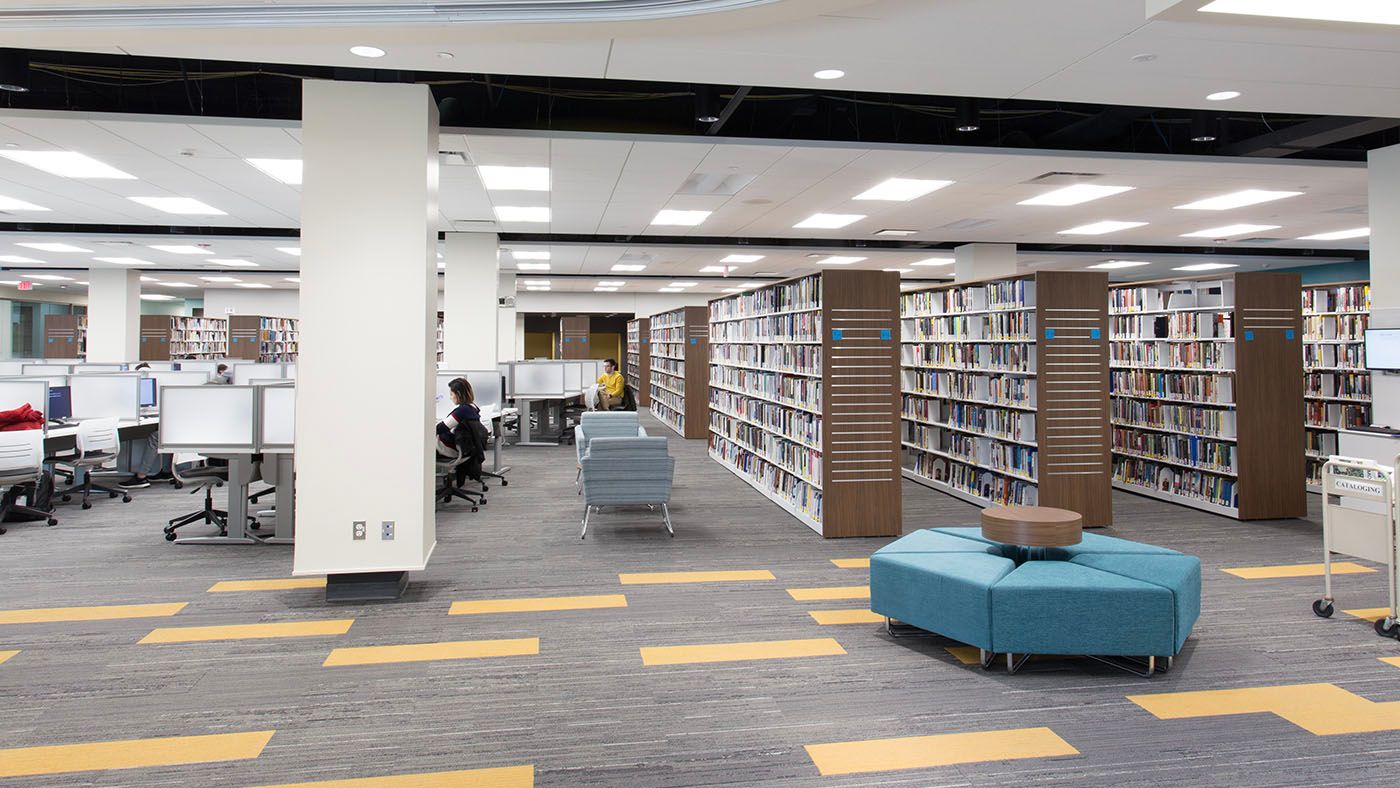
Spacesaver provides insights and installs geared toward advancing your campus library’s impact.
Read On